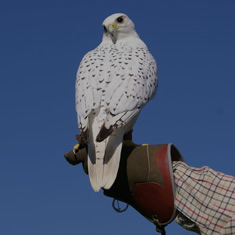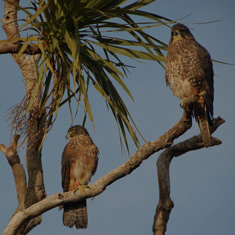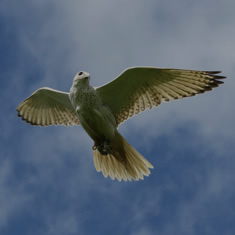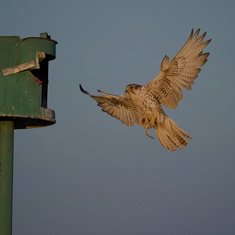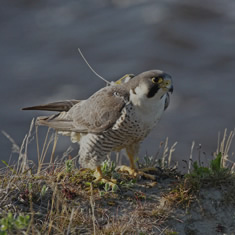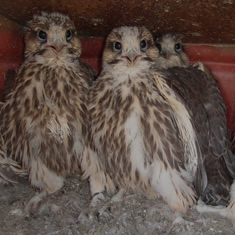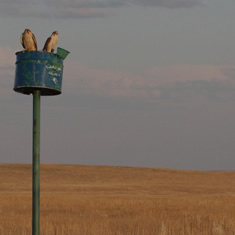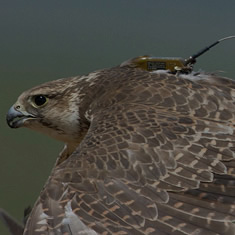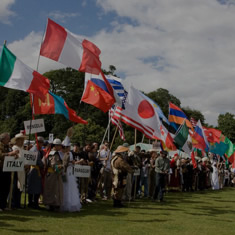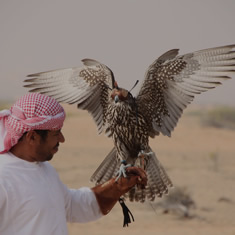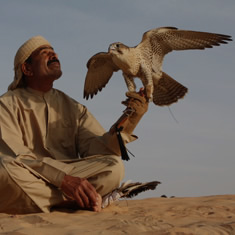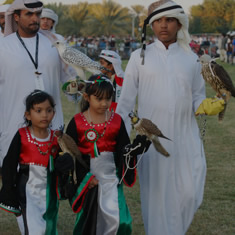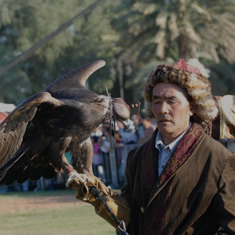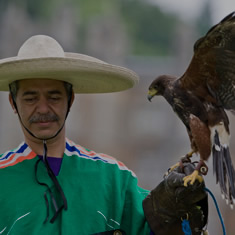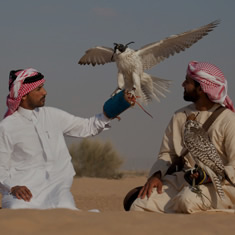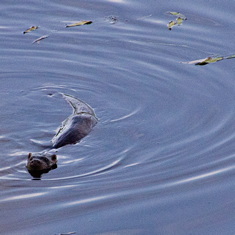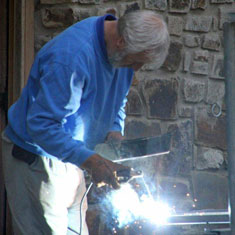- Wildlife management
We have a wide variety of habitats on the farm from old meadows that have never been ploughed, to marshy areas, scrub and young woodlands through to old broad-leaved woodland.
We are gradually cataloguing the species. Recently the study group identified Hazel Gloves Hypocreopsis rhododendroni on the farm, only the second record for Wales. This is an indicator species of sustained ancient habitat.The farm entered the Tir Gofal Scheme in 2001 and is managed to conserve habitats. Much of it is farmed organically although not registered as such.
The farm is considered to be the best breeding site for the Brown Hairstreak Butterfly in Wales and is monitored by an enthusiastic team. We host all sorts of insects from the Hogweed Bonking Beetle to the Long-jawed Orb Weaver! We have counted at least 73 species of birds, most of them breeding, and regularly see Kites here.
As part of the Red Kite Recovery Programme we hatched 55 red kites here 1987-2001 and returned them to sites in Wales and England and the species has increased year on year since then.By 2001 the Red kite was producing from tourism in Wales alone a revenue of £3 million and created 114 full-time equivalent jobs (Raymont and Dickie, 2001. Conservation works for local economies in the UK. RSPB, Sandy, Beds, UK).
We usually have three families of fox cubs and three lots of badgers, including two very big ancient setts. IWC has four professional ornithologists on the staff with PhDs.
Activities at the Bevis Centre
- Woodland Management
- Pond and Lake Management
- River management and habitat restoration
- Wildlife management
- Restoration ecology
- Wildlife filming and photography
- Painting
- Falconry
- Field archery and bow-making
- Horse activities
- Canoeing, boating and fishing
- Bee Keeping
- Blacksmithing, forging and welding
- Medieval and historic activities
- Sustainable energy
- Academic Education
- International participation

